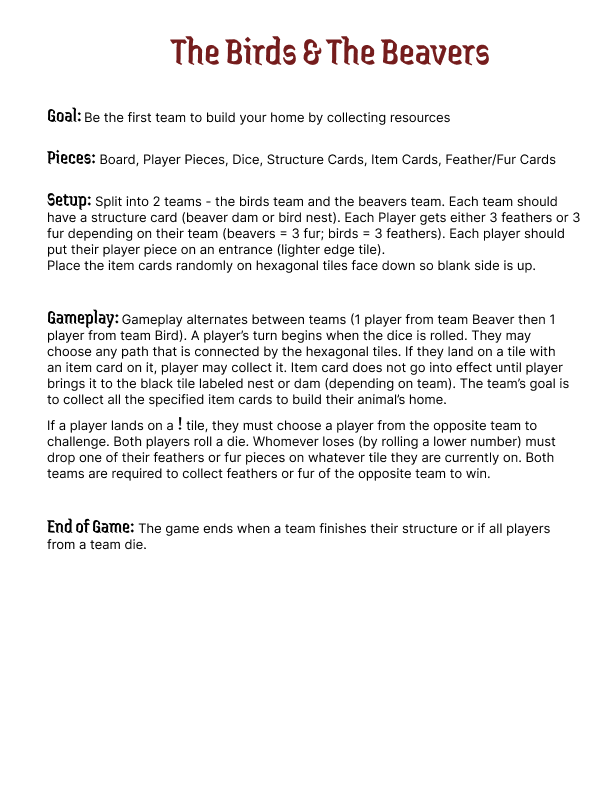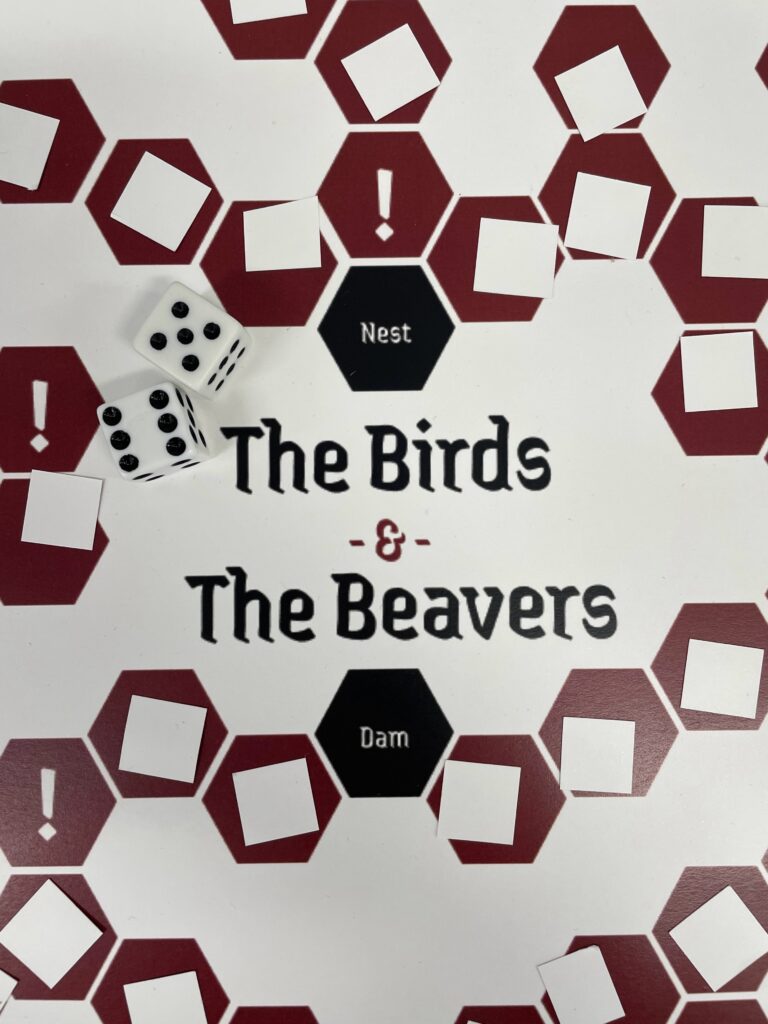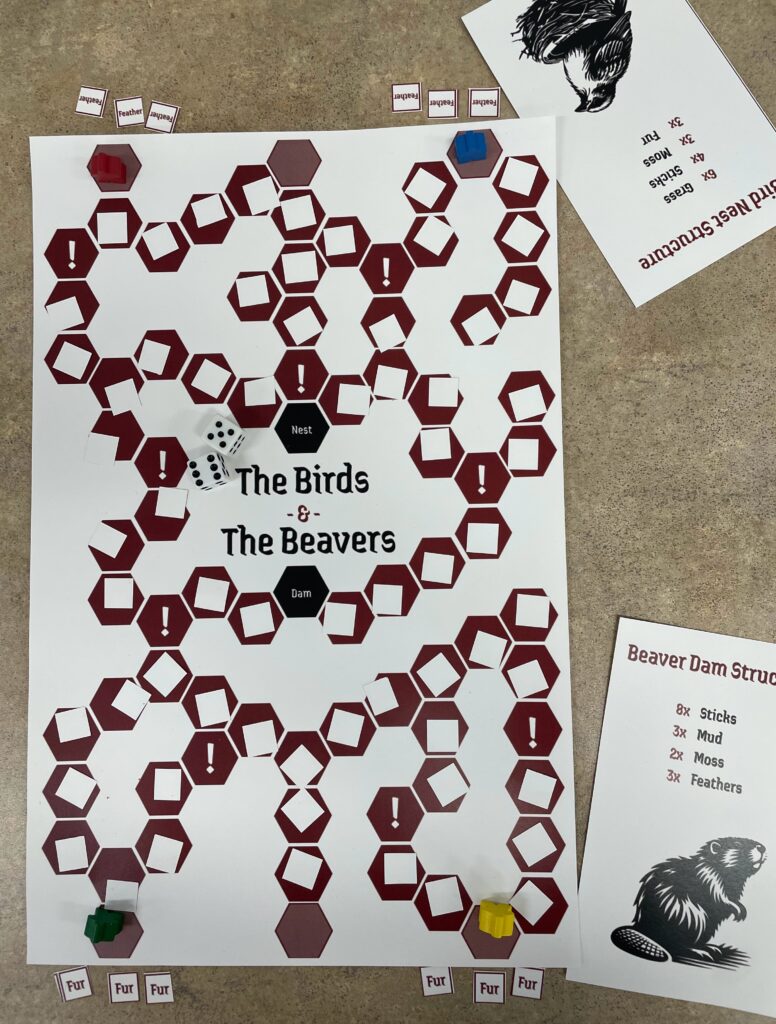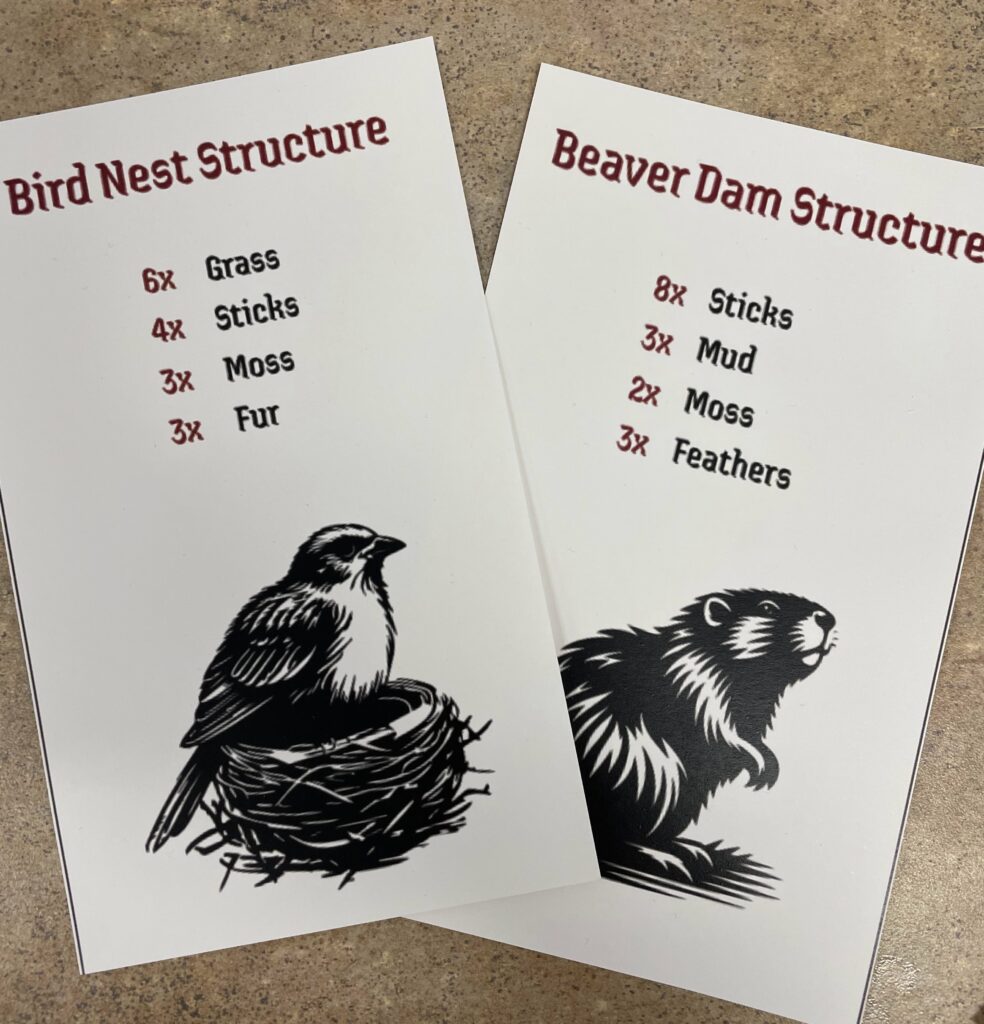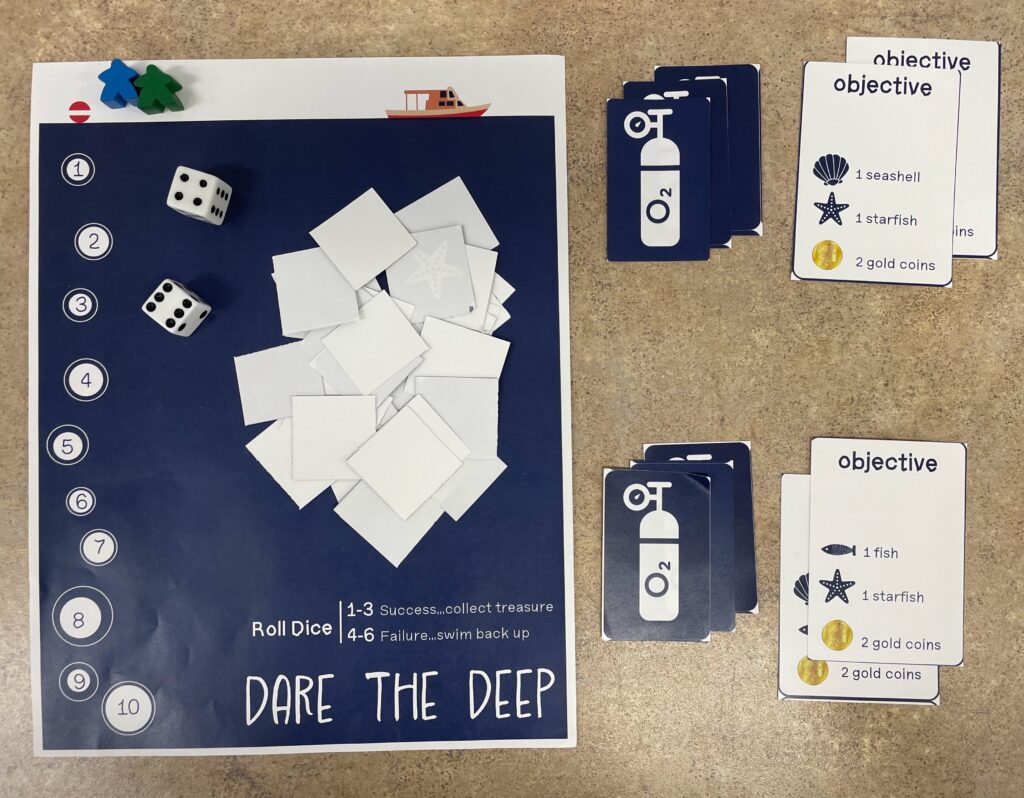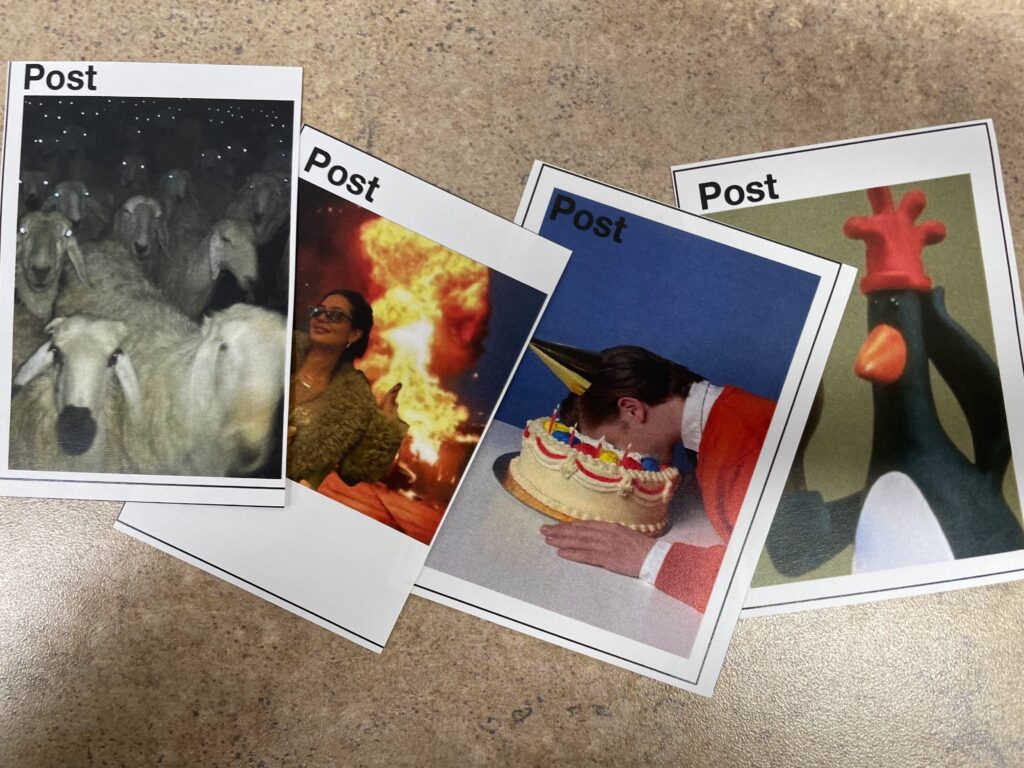- What was the most frustrating moment or aspect of what they just played?
- There is a non-redeeming comeback system, you are able to get a large lead without players being able to catch up.
- What was their favorite moment or aspect of what they just played?
- The bright and colorful aesthetic to the game made it look appealing, such as the colorful ping pong balls and the flame design on the hoops.
- Was there anything that players wanted to do but couldn’t?
- Players wanted to try again with the scoring, since they were unlucky enough to only get one attempt. They also wanted more point options/opportunities to make the game more fun.
- If players had a magic wand to wave, and they could change, add, or remove anything from the experience, what would it be?
- Make a tiny point modifier to increase points, which would raise the stakes. Players also wanted a really hard hoop to score in, potentially a really thin margin for scoring.
- What should be improved with the next version?
- Better rules, more clarification, and a third factor implemented to make the playing experience less linear.
- Describe the game in 3 words.
- Lucky, simple, challenging
Game Maker’s Play Test Notes
- What questions did your players have?
- “We have to bounce the balls twice?”
- “How do we get rid of the ping pong balls?”
- “Does the spinner matter if you are only focusing on getting rid of your ping pong balls?”
- How quickly did they learn to play?
- There was a decent amount of confusion in the instructions, which delayed the learning process. It probably took around 15 minutes for players to understand the mechanics of the game. Once players learned how to play, they gave me suggestions to make the rules more comprehensible.
- What kind of interactions did the players have?
- Players were constantly competing to score more points against each other. They would observe how other people are doing, and either feel relieved the other player missed, or determined to win when the player scored.
- What confused players?
- They were concerned with the number of balls in correlation to the rounds. They also questioned if it was turn-based, or race-based. In other words, they didn’t know if they should wait for other players to take their turn, or rush against others to score.
- What made players excited?
- Players got the most excitement out of their own skill. If they would score the greatest number of points, they would feel ecstatic. Furthermore, players would laugh at others that couldn’t score points, boosting their confidence in securing a win.
- What did your players enjoy doing?
- Some players enjoyed the competition aspect of my game, competing in scoring the greatest number of points. Other players enjoyed engaging in the mechanics, bouncing the balls into the hoops or spinning the wheel. Along with the wheel, a couple people found the “luck” factor of the game intriguing.
- Did any aspect of the game frustrate players?
- There were no clear established aspects that frustrated players. The only things I found that bothered them was understanding the instructions. They also felt that there needed to be more to the game to make it more fun.
Freezing Folly game rules Connor Locke + Reese Edwards
Setup – Players are given a deck of cards which are separated into two piles, a draw pile and a picking pile. Each player also gets their own character, which is placed at the top of the iceberg. To set up the cards, fill in the slots of the card picking grid, face down on the board. Once the grid is filled in for players to pick, separate the remaining cards into a normal pile.
Objectives – The goal of the game is to be the last person/people standing on the iceberg. Relying on your memory, you must choose the proper tools to stay afloat.
Actions to take – The player who is the youngest goes first. During a turn, the player picks a card from the draw pile. Whatever the tool on the card is, the player must rely on their memory of the pick pile grid to choose the right card.
Before the game begins, all of the cards are to be facing up, revealing what they are…This way, players familiarize themselves with where the cards are. It’s all about memory. If the card from the draw pile matches what is selected from the pick pile, the player remains in the same spot they are currently in.
If the cards do not match, the player sinks down one tile on the iceberg. When a card is chosen, if the cards do not match, then the card picked is flipped back over on the grid, and the draw pile card is put at the bottom of the draw deck. If the cards match, the player that chose the right card discards the card from the picking pile and places it in a discard pile.
Ending the game – Once all of the cards have been discarded from the picking pile, the game ends. Whether you are staying afloat on the iceberg or submerged determines whether you have won or lost. Once a player has descended below the water line, they have sunken and lost.
Example #1 – It’s Jimmy’s turn, and he picks a card from the draw pile. The card is a pickaxe, so he must choose a card from the pick pile on what he thinks is a pickaxe. The card he chose didn’t match, so he flipped back over the card.

